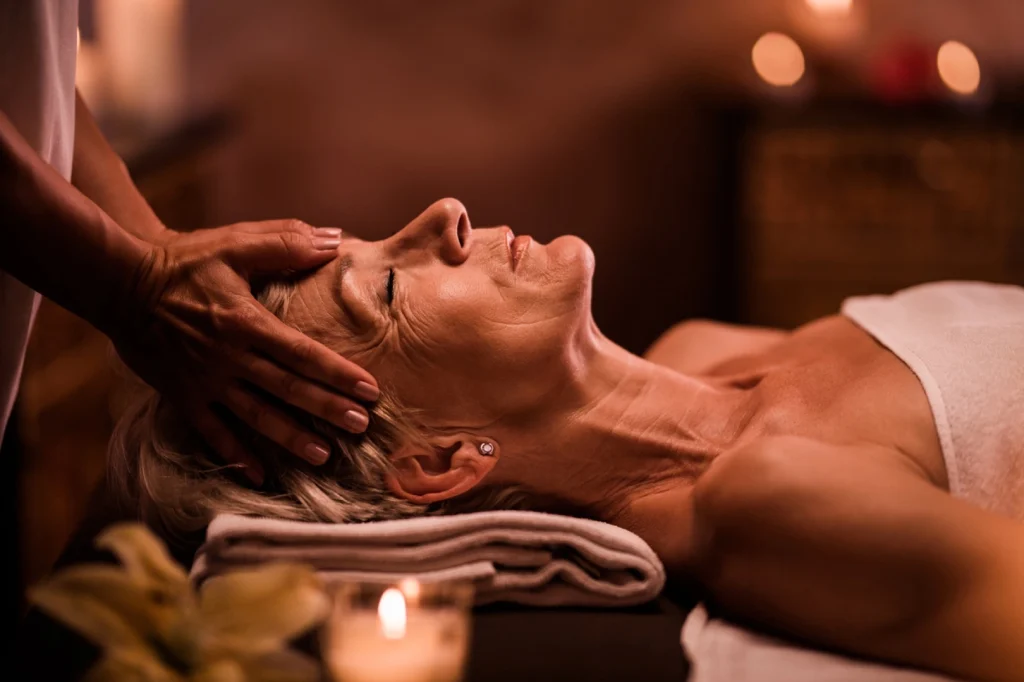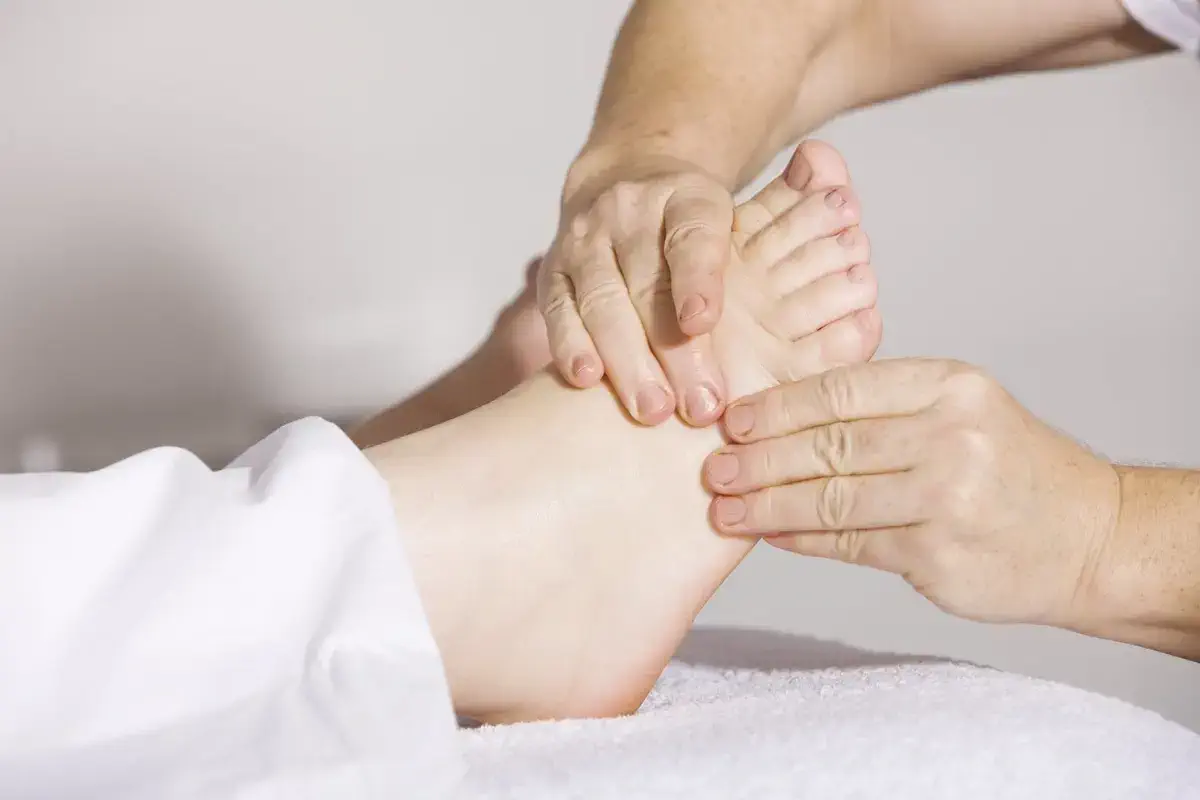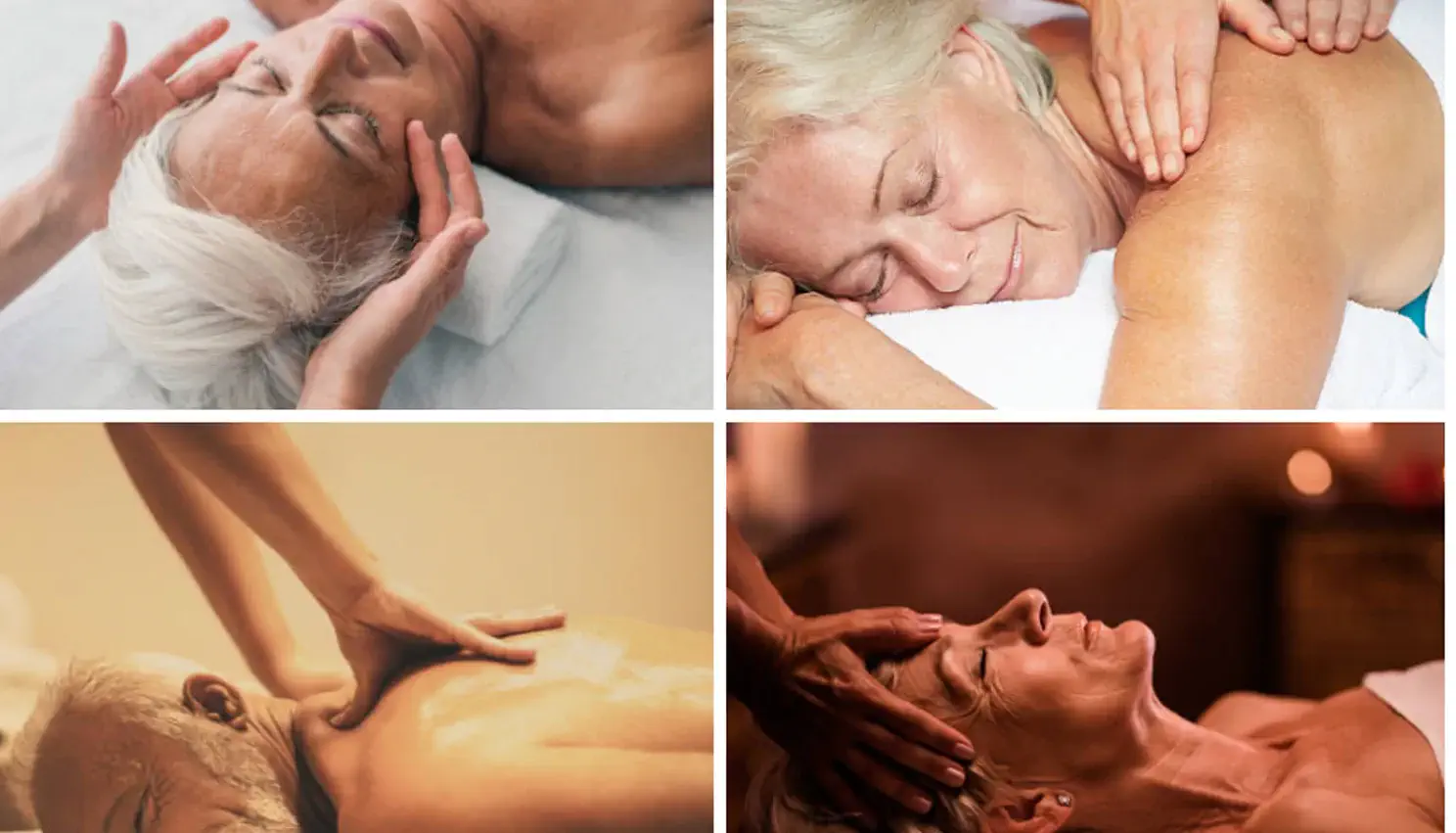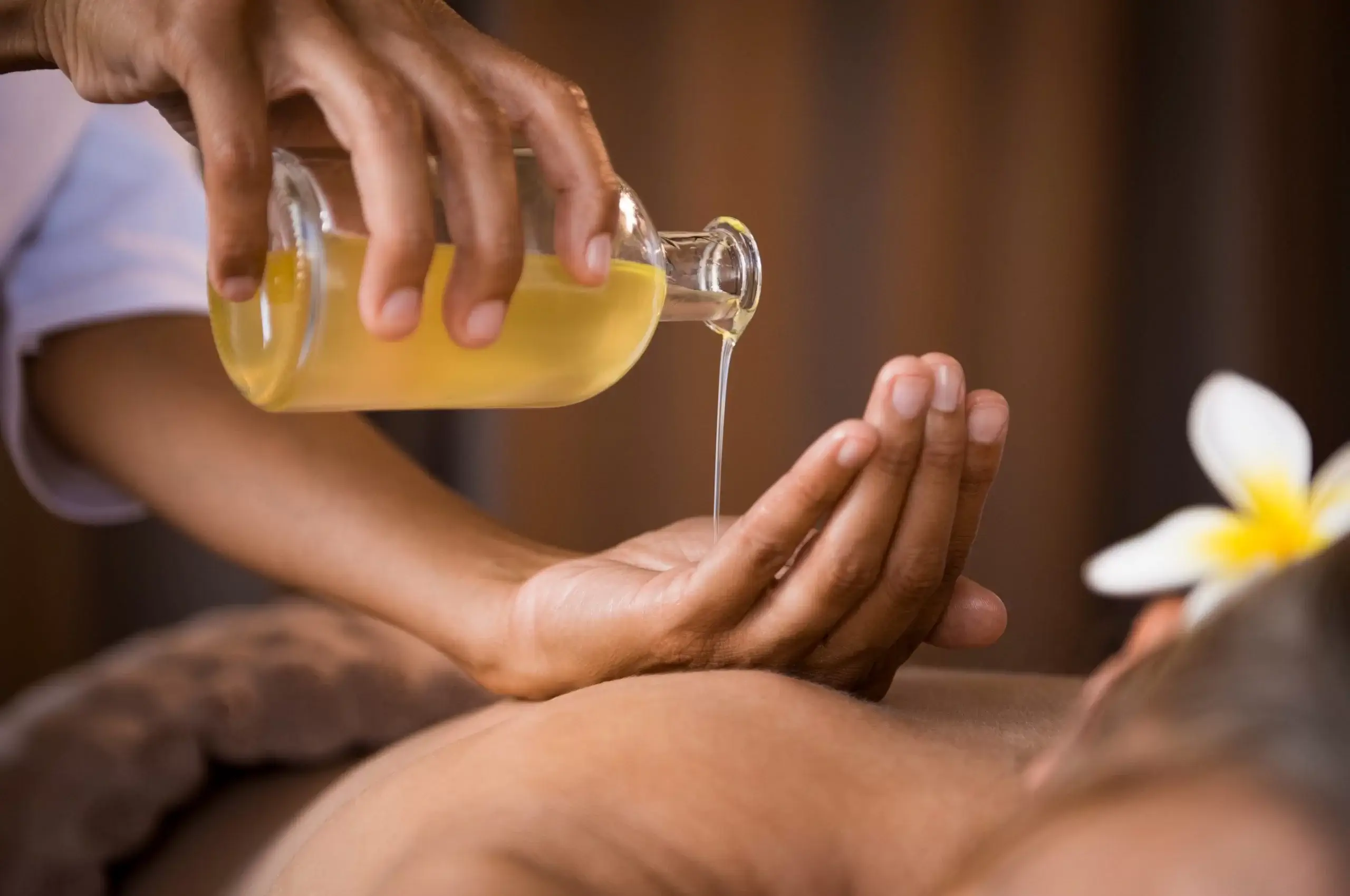
Type of Massage for Seniors + Benefits
Massage is used for age groups of children, athletes, adults and the elderly and has aspects of treatment, fatigue in older adults and pain relief, recreation and enjoyment, and relaxation. This method of treatment has a history of more than thousands of years. Its history has been seen in Chinese, Egyptian texts, and it is one of the oldest treatment methods for people who are in middle age and old age. What are the benefits of massage for seniors?! In this article from the humanhealthmag, we will discuss this issue.
How to prevent premature aging? Aging is an important time in everyone’s life. Some psychologists believe that the age of this stage of life is between 60 and 65 years old, although this time range can usually be very different depending on physical, genetic and geographical conditions. Today, in most regions of the world, due to the expansion of medical science, improved welfare and social security, and increased life expectancy, the population of elderly people has also increased. This period, like other parts of life, such as puberty, is accompanied by many changes.
What Is Massage Therapy for Seniors?
Massage therapy is not a new practice and dates back thousands of years. Massage refers to the manipulation of superficial and deep muscle layers to relieve back pain, tension headaches, treat severe constipation in the elderly, and more. There are different types of massage therapy according to people’s needs. Growing people, middle-aged people, and the elderly can benefit from the benefits of massage therapy. This complementary medicine has gained much popularity among ordinary people and the elderly in recent years.
There is limited scientific evidence regarding massage for seniors. Researchers are still unsure of the changes that occur in the body during a massage. It is believed that these changes can affect the health of the elderly. Massage can reduce symptoms of common Osteoarthritis (OA). Massage is a low-risk and relatively low-cost intervention that can be easily taught to caregivers, especially for people living with Alzheimer’s disease. Massage therapy can improve coping in older adults with persistent pain.
The History of Massage Therapy
This science dates back thousands of years. Ancient Chinese, Indian, Japanese texts and some civilizations of ancient Arabia, Egypt, Greece and Rome include ancient sources of this complementary medicine. With the technical and scientific advances in medical treatments, in the 1930s and 1940s, massage therapy lost its popularity in America. Interest in massage re-emerged in the 1970s, especially among athletes.

7 Top Health Benefits of Massage Therapy for Seniors
While there is evidence suggesting that this method can have significant effects on some patients, the specific impacts of massage on certain conditions remain unproven. According to findings from a review, massage therapy is effective, but its detailed and precise effects are still under investigation.
How does massage therapy help the elderly? One session of massage therapy can effectively reduce blood pressure, heart rate, and anxiety in elderly patients. Multiple sessions of back massage have been shown to reduce significantly the levels of depression and anxiety in geriatric patients. Hand and foot massage therapy can modulate psychological factors in older adults requiring long-term care.
A survey on complementary medicine in America showed that approximately 18 million elderly and adults and 700,000 children use massage therapy during a year. Massage therapy for seniors is used to improve a variety of health-related problems in the elderly. Benefits of massage for seniors include:
- Pain reduction in the elderly
- Rehabilitation in sports injuries in athletes
- Stress reduction in the elderly
- Increased relaxation
- Anxiety control in children and the elderly
- Depression control in the elderly and all individuals
- Helps improve the general health status of adults
Type of Massage for Seniors
Massage therapy involves various techniques, including pressing, rubbing, and strategically moving hands across muscles and soft tissues. Therapists typically use their hands and fingers but may also use forearms, elbows, or even feet. Some types of massage for seniors are:
Gentle Massages
Californian Massage
- Involves lubricating the entire body and applying gentle, rhythmic strokes with minimal pressure, which is suitable for individuals under environmental stress.
- Benefits: Whole-body relaxation and mental relaxation.
- Focuses on muscle expansion and blood circulation regulation, which is important for those with fast-paced and active lifestyles.
- Benefits: Increased body awareness, enhanced thinking power, nervous system relaxation, increased toxin removal from lymphatic glands and blood vessels, and improved elasticity of body tissues.
Sense Therapy
- Applies pressure to specific points on the hands and feet to relieve overall pressure from different body parts5. Suitable for those seeking to transform their overall bodily system.
- Benefits: Promotes mental and physical awareness, increases motivation and self-confidence, and enhances concentration.
Thai Massage
- Sometimes referred to as “lazy person’s yoga,” this massage stretches all body muscles, starting from the soles of the feet and moving upwards6. Increases bodily elasticity and is suitable for those who spend a lot of time sitting.
- Benefits: Normalizes body energy levels and increases bodily elasticity.

Intense Massages
Ama Intense Massage
- Based on Chinese acupuncture, this massage targets sensitive body points to open energy channels.
- Benefits: Stress relief, back pain relief, anxiety relief, headache relief, insomnia treatment, and arthritis treatment.
Swedish Massage
- Penetrates deep into muscles and bones, accelerating blood flow to the heart, which benefits individuals with physically demanding jobs.
- Benefits: Accelerates muscle recovery, increases the elimination of uric acid and lactic acid, and enhances the elasticity of ligaments.
Risks of Geriatric Massage
This complementary treatment poses no danger compared to other treatments if performed correctly and under the supervision of skilled therapists and relevant warnings are properly followed. However, if the individual or elderly person suffers from a specific disease, it is best to inform their doctor about the type of massage that is best for the elderly.
The number of serious injuries reported from massage for seniors is very small. Side effects of massage therapy may include temporary pain, discomfort and fatigue, bruising, swelling, and skin sensitivity and allergies to massage oils.
Important Considerations for Massaging the Elderly
Important considerations for massaging the elderly are essential to ensure they benefit from the therapy without experiencing harm. Here are some key points to keep in mind:
- Some elderly individuals may need to remove their dentures before receiving a massage.
- Elderly people often have thin and sensitive skin. To prevent friction, it is important to use an adequate amount of massage oil.
- For elderly individuals with gastroesophageal reflux, do not position them flat on their back. Instead, create a 30-degree angle between the ground and their back to reduce discomfort.
- Avoid strong pressure and sudden stimulation during the massage. For individuals with osteoporosis, particularly gentle massages should be used.
- If the elderly person has a hearing aid, avoid making loud noises near their ears and refrain from touching their ears.

Considerations for Massaging Elderly Individuals with Bedsores
Massaging elderly individuals with bedsores can be challenging. There are two groups at risk for bedsores, each with different affected areas:
- Bedridden Individuals: Common areas include the back of the head, shoulder blades, elbows, sacrum (tailbone), and heels.
- Wheelchair Users: Common areas include shoulder blades, sacrum, buttocks, soles of the feet, and areas affected by osteoporosis.
The most crucial point when massaging seniors with bedsores is to avoid stimulating the affected areas. Sometimes inflammation may not be visibly apparent on the skin, which can make it difficult for the massage therapist. Additionally, for those at risk of developing bedsores, avoid performing intense and continuous massages, especially in sensitive areas. For individuals with darker skin tones, recognizing signs of bedsores can be more challenging.
Concluding Remarks
Massage for seniors can significantly benefit the mental and physical well-being, especially those with Alzheimer’s disease. It promotes relaxation, and a positive outlook on life, while also alleviating common age-related issues such as pain, depression, and physical ailments. Geriatric massage improves circulation, joint flexibility, muscle tone and strength, and sleep quality. It also reduces pain and swelling, lowers blood pressure, and decreases stress and anxiety. The simplest method for massage is using massage chairs and new massage couches which are convenient at any time.
Keep in mind the following important points:
- Massage therapy is not a replacement for conventional medical treatments. You should not delay seeking medical advice because of massage therapy.
- Before starting massage therapy, research the qualifications, licenses, and experience of the therapist7. Inquire about the number of treatments needed, costs, and insurance coverage.
- If the therapist suggests alternative methods such as herbal remedies, other supplements, or a special diet, consult with your general practitioner before proceeding.

Frequently Asked Questions
Is Massage Therapy Safe for Seniors?
Massage is generally safe for seniors when performed by a skilled therapist who understands the specific needs and health conditions of older adults.
How Often Should Seniors Receive Massages?
Typically, weekly or bi-weekly massages are recommended to sustain effects such as improved circulation and reduced pain levels.
What Types of Massage Are Suitable for Seniors?
Gentle massage techniques like effleurage, petrissage, Swedish massage, lymphatic drainage, and reflexology are suitable for seniors due to their gentle nature that provides relaxation without excessive pressure. These methods help alleviate muscle tension while promoting comfort.
Do I Need a Doctor’s Referral Before Getting a Massage as a Senior?
While not always necessary, it is advisable to consult with your doctor if you have specific health concerns or chronic conditions before starting massage therapy. This ensures that any potential risks are assessed in advance.
